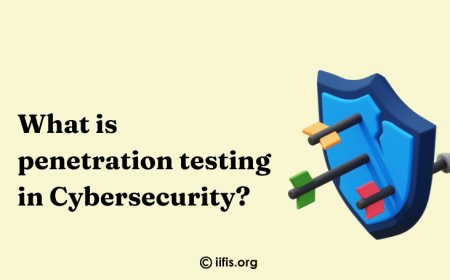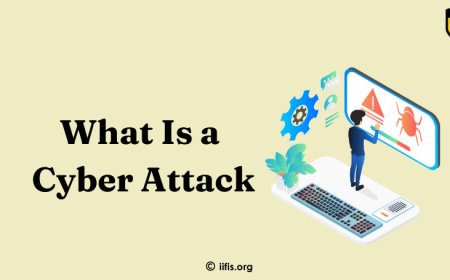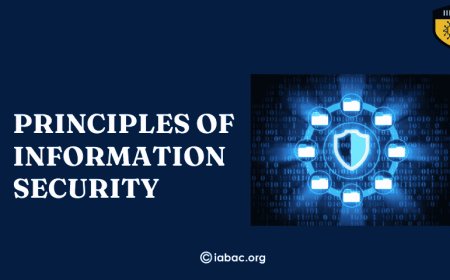The Rising Network Security Threats You Need to Know
Stay informed about the rising network security threats. Learn about emerging risks and how to protect your organization from evolving cyber attacks.
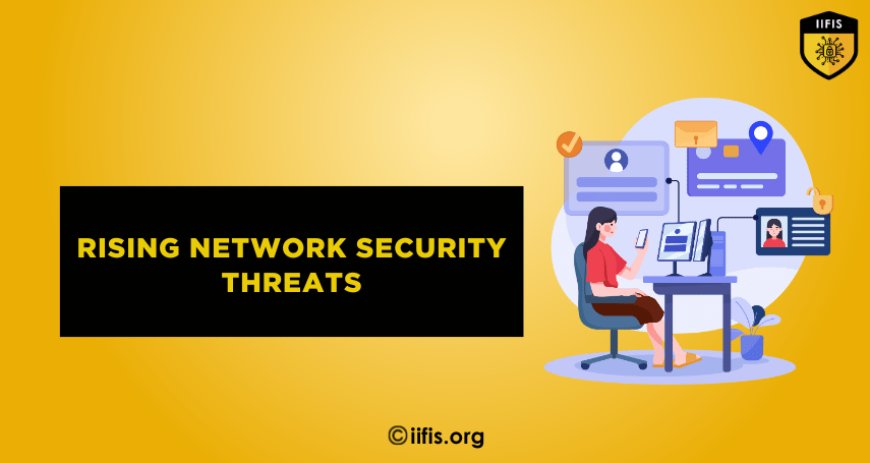
Network security involves protecting computer networks from various threats that could compromise data, systems, and overall network integrity. It includes measures like firewalls, encryption, intrusion detection systems, and secure access controls to prevent unauthorized access, data breaches, or disruptions.
With the growing dependence on digital systems, effective network security is essential for ensuring the confidentiality, integrity, and availability of data. Continuous monitoring and updating of security practices are necessary to stay ahead of evolving cyber threats.
Ransomware Attacks: A Persistent Threat
Ransomware has become one of the most alarming network security threats in recent years. This malicious software locks or encrypts a company’s data, demanding a ransom for its release. Ransomware attacks have become more sophisticated, often targeting high-profile organizations or essential services. Once infected, businesses can experience downtime, loss of critical data, and financial strain from paying the ransom.
In addition to direct financial losses, ransomware can significantly damage an organization’s reputation, especially if sensitive customer data is compromised. The rise in ransomware-as-a-service has also made it easier for cybercriminals to launch attacks, even without technical expertise.
How to defend against ransomware:
-
Regularly back up important data to ensure minimal loss during an attack.
-
Educate employees about phishing emails, which are a common method of delivering ransomware.
-
Use advanced endpoint protection tools to detect and block malicious activity.
Advanced Persistent Threats (APTs): Silent and Stealthy Attacks
Advanced Persistent Threats (APTs) are among the most sophisticated network security threats. APTs involve long-term, targeted cyberattacks by well-organized hacker groups, often to steal sensitive data or intellectual property. These attacks are designed to remain undetected for extended periods, allowing the attacker to gain deep access to networks without raising suspicion.
Unlike other types of attacks, APTs are highly strategic and patient. They use a combination of social engineering, malware, and other advanced techniques to infiltrate systems. Once inside, they often remain dormant for months or even years, continuously gathering intelligence and compromising more systems.
How to defend against APTs:
-
Implement multi-layered security measures like firewalls, intrusion detection systems, and network segmentation.
-
Regularly monitor network traffic for unusual patterns and signs of compromise.
-
Keep software and systems up to date with security patches to prevent vulnerabilities from being exploited.
Distributed Denial-of-Service (DDoS) Attacks: Overloading Systems
A Distributed Denial-of-Service (DDoS) attack occurs when multiple compromised devices flood a target’s network with traffic, overwhelming its resources and making services unavailable. DDoS attacks are increasingly used to disrupt businesses, either as a form of protest, a diversionary tactic or as a method of extortion.
These attacks can cause serious disruptions, rendering websites or applications inaccessible and leading to significant revenue loss. Modern DDoS attacks are more complex, using botnets—networks of infected devices controlled by the attacker—to amplify their impact.
How to defend against DDoS attacks:
-
Use cloud-based DNS protection services to absorb and mitigate traffic spikes.
-
Implement rate limiting to restrict the number of requests to your website or network.
-
Employ traffic filtering systems to block malicious traffic before it reaches your servers.
Insider Threats: Malicious and Negligent Employees
While external cybercriminals are often the primary concern, insider threats remain a significant network security risk. Employees, contractors, or other trusted individuals may either intentionally or unintentionally compromise the organization’s network security. Malicious insiders may steal sensitive information or sabotage systems, while negligent employees might accidentally expose data through poor security practices.
Insider threats are responsible for a significant portion of data breaches and security incidents. Whether due to malicious intent or simple human error, these threats are difficult to detect, as they often originate from within the organization.
How to defend against insider threats:
-
Implement strict access controls and monitor user activities to detect suspicious behavior.
-
Provide regular security awareness training to employees to minimize the risks of negligence.
-
Conduct background checks on employees and monitor privileged users’ actions.
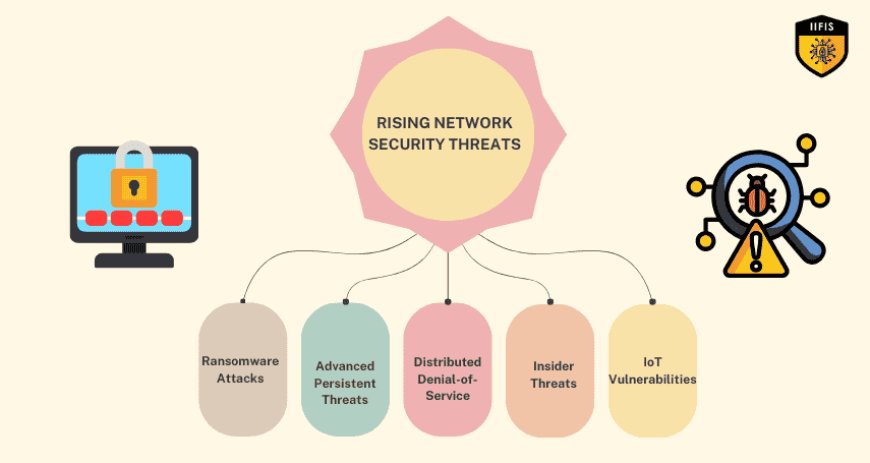
IoT Vulnerabilities: The Expanding Attack Surface
The Internet of Things (IoT) has transformed the way businesses and consumers interact with technology. However, the rise in connected devices has also introduced new network security threats. Many IoT devices have weak security features, making them prime targets for cybercriminals.
Hackers can exploit vulnerabilities in IoT devices to gain access to a network, compromise sensitive information, or launch larger attacks, such as DDoS. As businesses continue to adopt IoT technology for automation, monitoring, and data collection, the number of potential entry points for attackers increases.
How to defend against IoT vulnerabilities:
-
Change default passwords on IoT devices and ensure they are regularly updated.
-
Segment IoT devices from the main network to reduce the potential attack surface.
-
Monitor IoT devices for unusual behavior or unauthorized access attempts.
Phishing and Social Engineering Attacks: Manipulating Human Behavior
Phishing remains one of the most common and effective methods for cybercriminals to gain access to networks and sensitive information. Through deceptive emails, messages, or websites, attackers trick individuals into disclosing login credentials and financial information or downloading malware onto their systems.
Social engineering attacks, which manipulate human behavior to bypass security measures, are also on the rise. Cybercriminals are constantly refining their techniques to exploit human trust and vulnerabilities, often making phishing attempts appear more legitimate and harder to detect.
How to defend against phishing and social engineering:
-
Use email filtering and anti-phishing software to block malicious messages.
-
Train employees to recognize phishing attempts and avoid clicking on suspicious links or attachments.
-
Implement two-factor authentication (2FA) to reduce the impact of compromised credentials.
Cloud Security Threats: Protecting Your Data in the Cloud
As more organizations migrate their operations to the cloud, cloud security threats have become a top concern. While cloud services offer flexibility and scalability, they also expose organizations to a variety of risks, including data breaches, loss of control over sensitive information, and misconfigured cloud settings.
Data stored in the cloud can be vulnerable to hacking, especially if proper security measures are not in place. Additionally, the shared responsibility model in cloud environments means that both the cloud service provider and the customer must work together to ensure security.
How to defend against cloud security threats:
-
Encrypt data both in transit and at rest to prevent unauthorized access.
-
Regularly review and update cloud configurations to ensure they are secure.
-
Implement strong access controls and multi-factor authentication for cloud services.
The field of network security threats is constantly evolving, with cybercriminals consistently finding new ways to exploit vulnerabilities. To stay ahead of these risks, it’s important to take a proactive approach to cybersecurity by implementing strong security measures, educating stakeholders, and regularly monitoring systems.
By recognizing the growing network security threats and taking proactive steps to defend against them, individuals and organizations can better protect their data and maintain trust. One effective way to stay informed and vigilant is through network security certifications. These certifications not only enhance your knowledge and skills but also ensure you're equipped to handle evolving cyber threats. By investing in certifications, professionals can stay ahead in the ever-changing field of network security.
